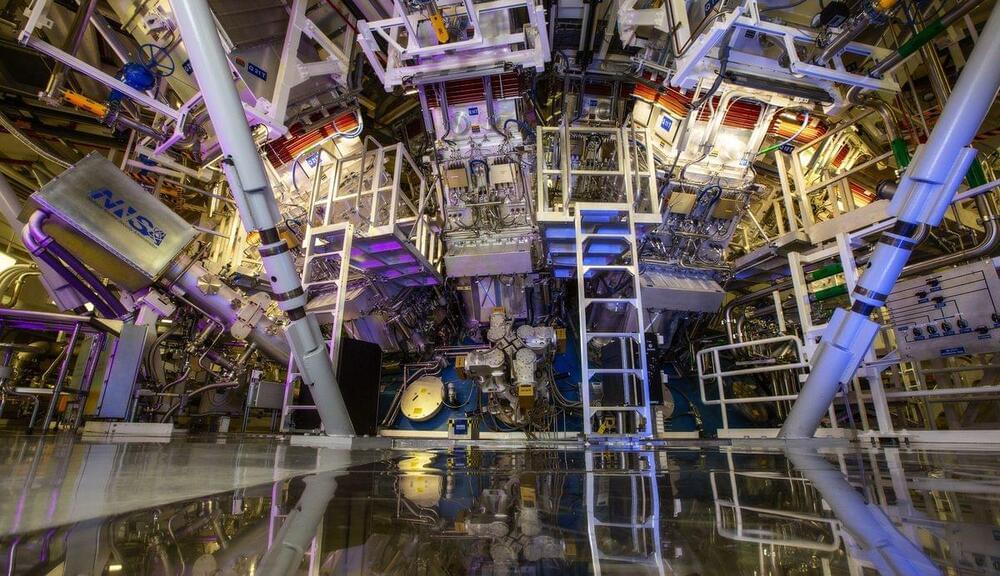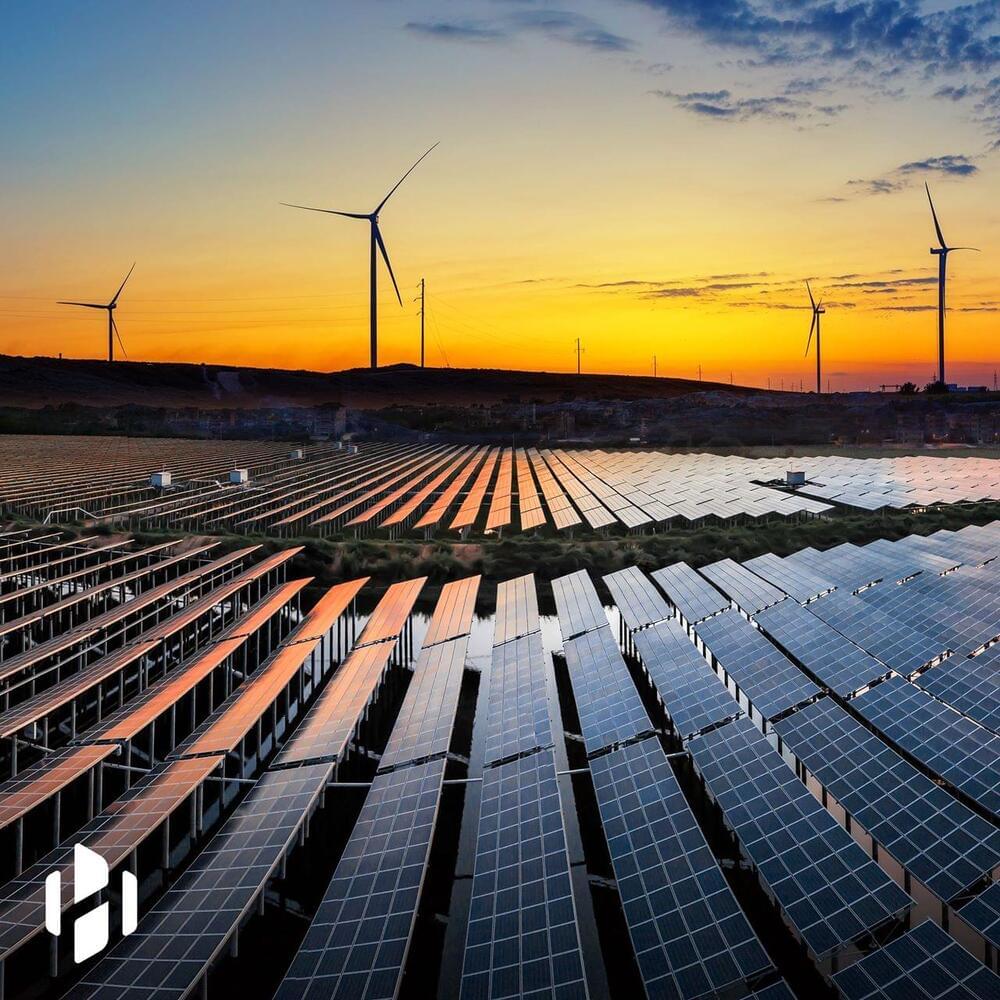
Category: energy – Page 258


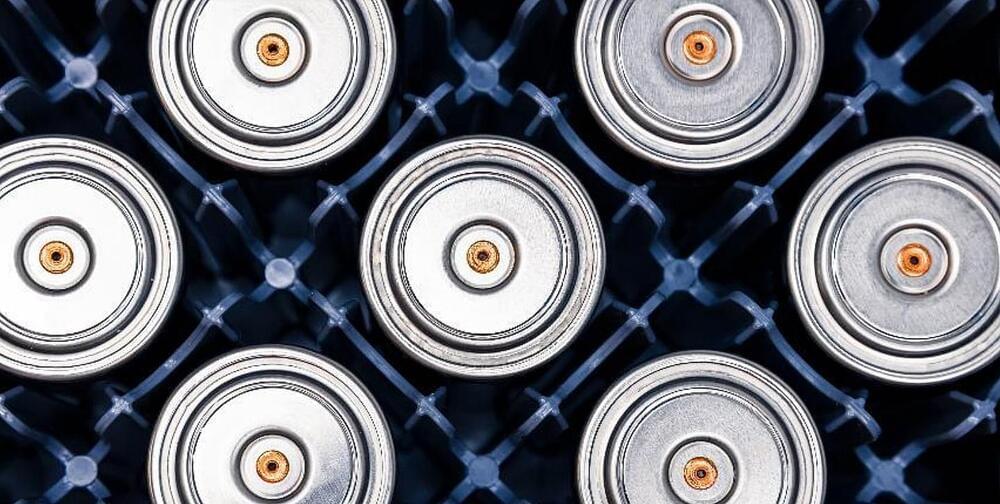
Tesla’s 4680 battery cell pilot production line hits 70–80% yield: report
Tesla has a number of programs that have the potential to change markets, and one of these is arguably the 4,680 cells. Created using a dry electrode process and optimized for price and efficiency, the 4,680 batteries could very well be the key to Tesla’s possible invasion of the mainstream auto and energy market. If Tesla pulls off its 4,680 production ramp, its place at the summit of the sustainable energy market would be all but ensured.
Unfortunately, Tesla’s publicly disclosed target for the 4,680 cells’ production ramp appears to have been made on “Elon Time.” This means that during Battery Day last year, Tesla’s target of hitting a capacity of 10 GWh by late September2021included some optimistic assumptions. Similar to other projects like Elon Musk’s Alien Dreadnaught factory, however, the pilot production of the 4,680 cells have met some challenges.
Tesla admitted to these difficulties during the Q22021earnings call, when Elon Musk explained that one of the main challenges in the 4,680 cell production ramp was related to the batteries’ calendaring, or the process when the dry cathode material is squashed to a particular height. Partly due to the use of nickel in the 4,680 cells, which are extremely hard, some of the calendar rolls end up being dented.

HyPoint, Piasecki team up to develop hydrogen fuel cell systems for eVTOLs
The California-based startup HyPoint has collaborated with the aircraft developer Piasecki Aircraft Corporation (PiAC) to develop hydrogen fuel cell systems for electric vertical takeoff and landing (eVTOL) vehicle applications. The ultimate goal is to deliver a customizable, FAA-certified, zero carbon-emission hydrogen fuel cell system to the global eVTOL market.
Through the partnership, Piasecki will gain an exclusive license to the technology created as part of the partnership, while HyPoint will maintain ownership of its underlying hydrogen fuel cell technology.
HyPoint’s revolutionary approach uses compressed air for both cooling and oxygen supply to deliver a hydrogen fuel cell system that significantly outperforms existing battery and hydrogen fuel cell alternatives. According to the company, the new system will offer eVTOL makers four times the energy density of existing lithium-ion batteries, double the specific power of existing hydrogen fuel cell systems, and that costs up to 50% less relative to the operative costs of turbine-powered rotorcraft.
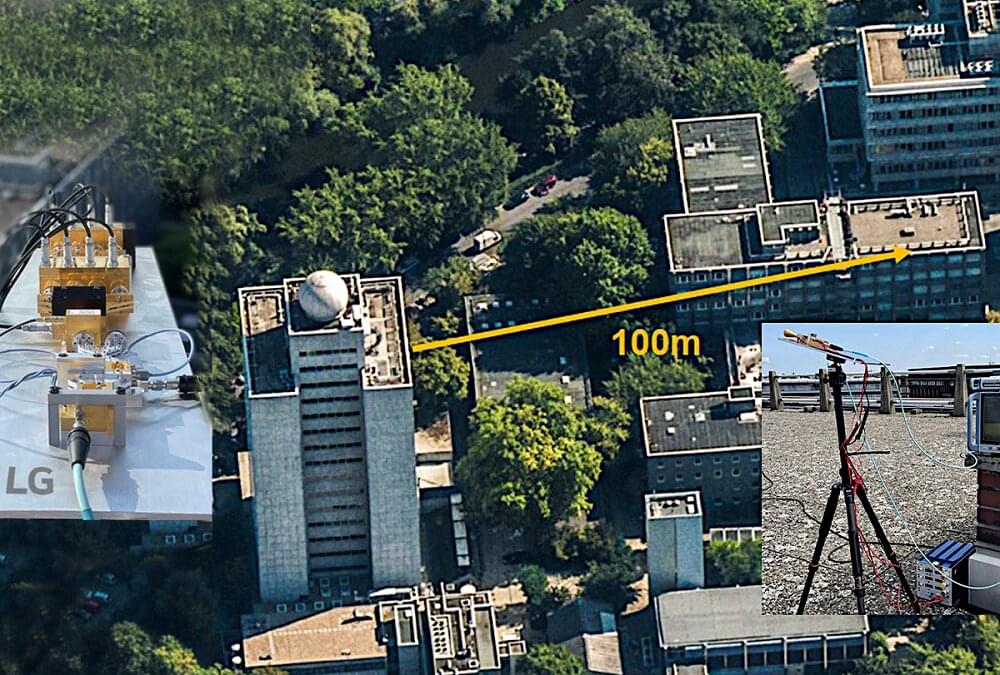
LG sets new record for 6G transmission of data at 100 meters
A team of researchers at Korea’s LG Electronics, working with a group at Fraunhofer-Gesellschaft, has successfully sent data 100 meters over a 6G signal. Officials at LG have posted details of their test of the next step wireless transmission technology on their company news page.
As 5G networks for cellular service have slowly made their way around the globe, engineers at multiple telecommunications companies have been hard at work on next-generation 6G communications technology. Moving to the new technology is expected to push data transmission speeds to 50 times faster than 5G. It is also expected to cut latency to just 10% that of 5G, making conversations sound more natural. And the new standard is also expected to improve the accuracy of the data sent. Together, these improvements could drive a wave of new “Internet of Everything” development, with new devices aimed at both the home and workplace.
Scientists have long recognized that achieving the next step in transmission technology will be more difficult than those that came before due to a major problem with 6G signaling; it is short-range due to loss of power as it is transmitted. For this reason, the global standards body for data communications has set its commercialization date for 2,025 while most in the field do not expect actual sales to begin until2029or later.

Tesla is making moves to become an electricity provider in Texas
The sleeping giant that is Tesla Energy is showing signs that it is waking up. This became quite evident in Texas as Tesla filed an application with the Texas Public Utility Commission to sell power in the state. Tesla’s application came as the company pursues a number of high-profile battery storage projects in the state, such as a 100 MW system in Angleton, TX, and a 250 MW battery near Giga Texas.
The flings, which were initially reported in Texas Monthly, were filed in mid-August by a new Tesla subsidiary called Tesla Energy Ventures. In classic Tesla fashion, the public details about the initiative are pretty scarce, though individuals familiar with the matter have noted that if the filings are approved this November, Tesla Energy Ventures may very well stand out among the state’s crowded, deregulated retail energy market.
Texas is home to numerous electricity companies, and Tesla, which has made a name for itself as a premium brand, would likely not fight it out with the state’s bargain power retailers. Tesla could have an edge against its competitors, however, as the company could sell power that is either drawn from the grid or pulled from residential Tesla batteries in the event of a blackout. Tesla may even allow Texans with solar panels to earn money by sharing their excess power with the grid.


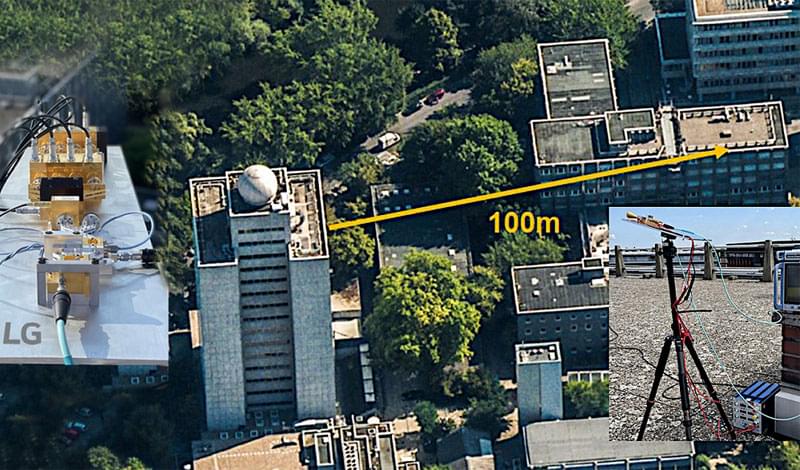
New record for 6G data transmission
South Korean company LG Electronics, working with German research organisation The Fraunhofer Society, has successfully transmitted data a distance of 100 metres with a 6G signal.
6G is the next generation of wireless communication technology, following the current 5G standard. It operates at much higher frequencies than the latter and is expected to offer a ten-fold boost in data rates when eventually commercialised.
Still in the early stages of research and development, 6G is currently limited to short ranges and has the problem of power loss during transmission and reception between antennas. A major technical challenge to date has been the need for power amplification to generate a stable signal across ultra-wideband frequencies. The power amplifier developed by LG and its German partners was crucial to the success of this latest test. It generated a stable signal output up to 15 dBm in the frequency range between 155 to 175 GHz.
